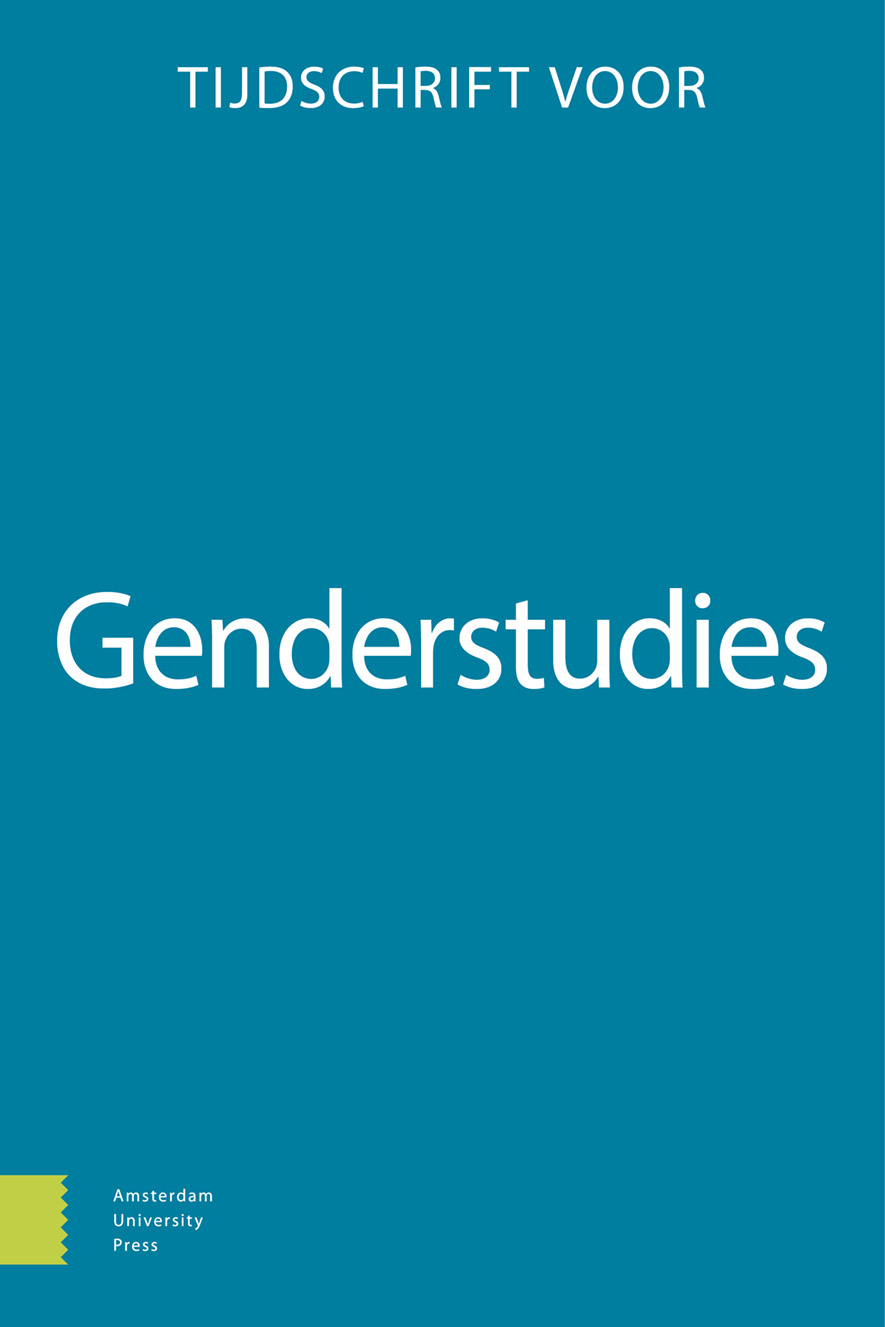-
oa ‘Fighting a ghost’: Collecting data and creating knowledge on sex trafficking in the League of Nations between 1921 and 1939
- Amsterdam University Press
- Source: Tijdschrift voor Genderstudies, Volume 24, Issue 3/4, Dec 2021, p. 296 - 314
Abstract
This article analyses the understanding of sex trafficking in the League of Nations, with a focus on how the League collected data, critically dealt with its own data collection, and created a particular image of sex trafficking. I argue that a shift can be discerned in the debates within the Advisory Committee on Traffic of Women and Children, which was responsible for the study of sex trafficking in the League of Nations. Starting in 1921, the Advisory Committee focused on the mobility of women as a major factor in sex trafficking. After an ‘undercover investigation’ in 1927, their attention shifted to security. When the Advisory Committee researched the causes of prostitution in 1934, it finally considered prevention. The Advisory Committee was faced with different challenges and tensions that shaped the knowledge that it produced about sex trafficking. By analysing the minutes of their meetings, I lay bare that process of knowledge creation. Through the method of frame analysis and the concept of ‘biopolitics’, I intend to add to the existing historiographical scholarship on transnational cooperation and the League of Nations with an intersectional approach.


